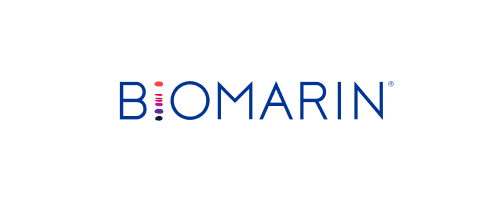Emerging Biotech Accelerates Review and Approval with Automated Claims Management
80% of claims now linked automatically
Configured and launched claims management in 10 weeks
Reduced agency time and budget spend on manually linking claims
Following a significant personnel shift, an emerging biotech faced changes to its medical, legal, and regulatory (MLR) team that slowed approvals considerably. “We experienced a major uptick in comments, and the time we spent in review and approval cycles increased notably,” says the biotech’s senior marketing director.
Additionally, new legal review processes required that all derivative materials be tagged and linked to references, a departure from the biotech’s practice of tagging only core materials. “This new requirement was daunting and created concerns about the additional agency time, effort, and budget required,” says the senior director. “We needed a system that could automatically tag, link references, and approve claims.” Implementing claims and automating these processes with Veeva PromoMats emerged as the answer to these pain points.
Involving stakeholders early
To gain internal buy-in, the senior director put together a case for claims management, demonstrating how it could improve compliance while saving time and money. “Rather than continue to pay agencies for extra hours spent tagging and linking materials, I proposed that we refocus our spending on claims enablement instead,” says the senior director. “Implementing a system that could reduce time and budget from agencies, heighten compliance, and shorten review and approval cycles was a no-brainer.”
With leadership approval, they moved to assemble two stakeholder groups. One group included all members of MLR, marketing, and IT. The other was a core group of decision makers, with leads from each function. “Working in a core, focused group with implementation guidance reduced our timeline to configure and launch the claims management system to just 10 weeks,” says the senior director.
Building a claims management approach
The emerging biotech followed a retroactive approach to claims management, which has proved to be the path of least resistance. “We began by focusing on core assets in each of our indications on healthcare professional (HCP) and patient sides,” says the senior director. “We tailored these assets to different audience types and harvested the claims with the help of a Veeva Librarian.”
The workflow was designed to enable an agency or marketer to upload a claim and push it to the accountable business unit for review. “This adds an extra layer of quality control before the claim moves along to the regulatory team. Since the approach is retroactive, medical or legal teams are not required to review but have the option to perform additional checks,” says the senior director. Once the regulatory team gives its approval, the claim is officially validated.
“80% of our claims are now linked automatically. This automation has significantly cut down manual linking, which used to take 10 minutes per claim, and now constitutes only about 20% of the overall process.” – Senior Marketing Director, Emerging Biotech
Measuring claims management success
The claims library added efficiencies right out the gate for the emerging biotech, saving time and money almost immediately and streamlining the review process. “80% of our claims are now linked automatically,” says the senior director. “This automation has significantly cut down manual linking, which used to take 10 minutes per claim, and now constitutes only about 20% of the overall process.”
A few months into the claims automation launch, with proof of concept established, the biotech began scaling its processes. “We first implemented claims management for one of our indications to get the process up and running. Then, we quickly loaded the claims library with other indications, HCP, and patient claims,” says the senior director. Looking ahead, they added, “With claims management running smoothly, we’re excited to kick off digital asset management next.”
Learn how to optimize MLR workflows with a central claims library.



